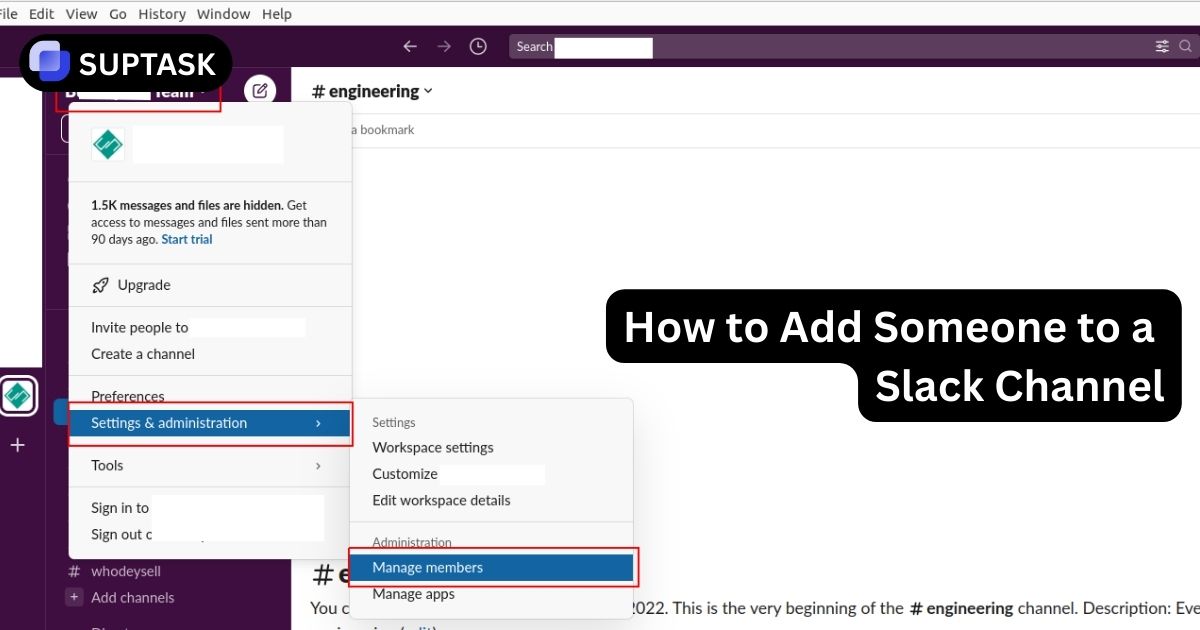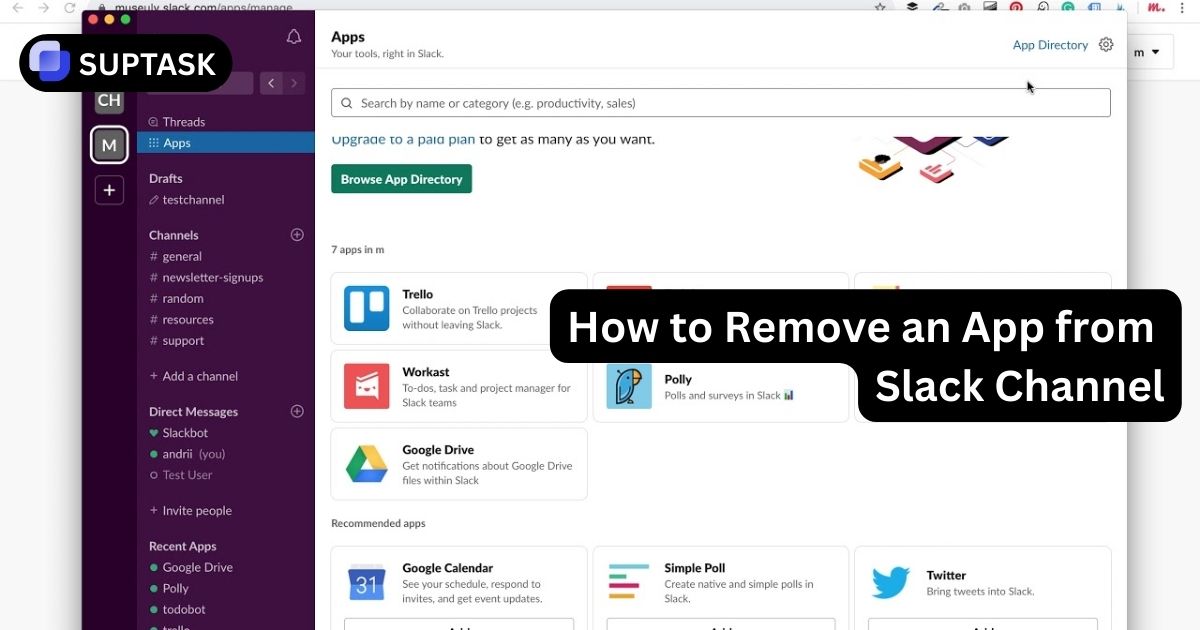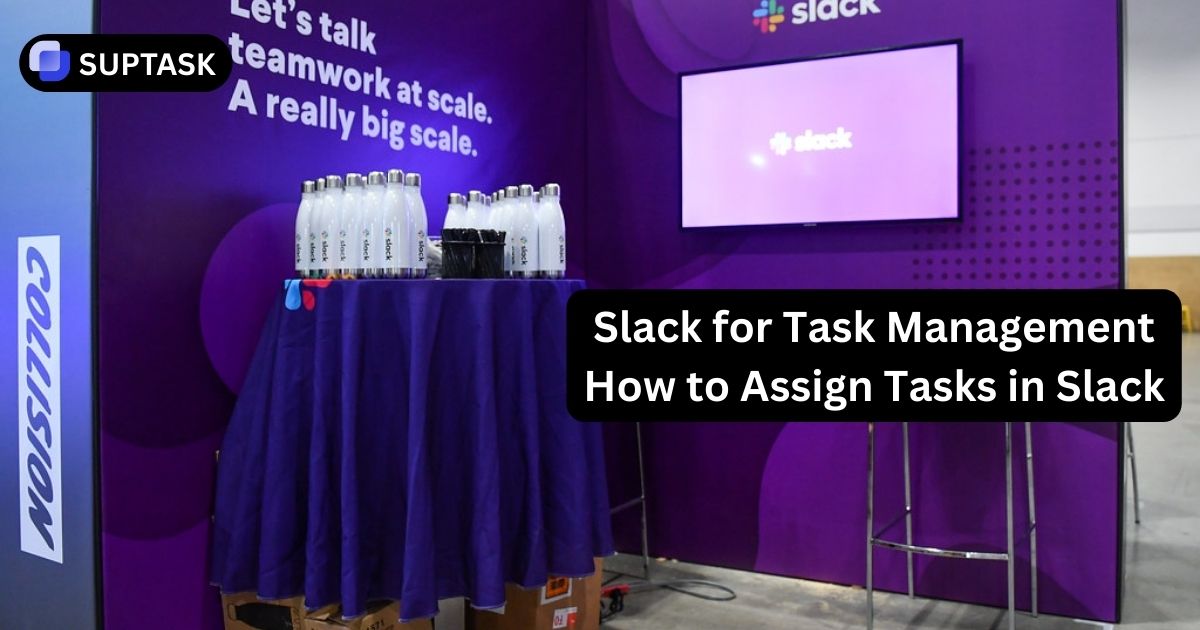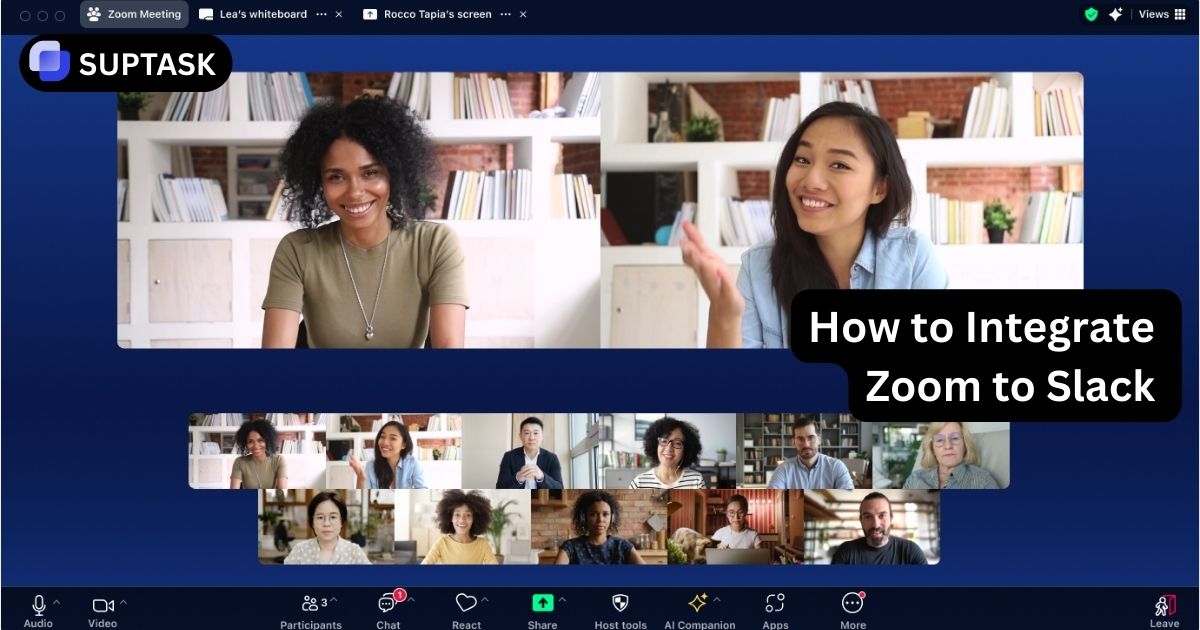Learn about genuine situations and apply efficient strategies to settle disputes at work.
Key Takeaways
- Open communication, mediation, and clear expectations are essential for resolving workplace disputes and maintaining a positive work environment.
- Understanding communication styles and preferences, like introverts and extroverts, manage personality clashes and fosters team collaboration.
- Addressing discrimination and harassment complaints requires thorough investigation, professionalism, and clear grievance procedures for fair resolution.
Common Workplace Conflicts and How to Resolve Them

Workplace conflicts can stem from miscommunications, personality clashes, policy changes, and more.
Understanding these sources and employing effective conflict management techniques is crucial to maintaining a positive and collaborative environment.
Whether it’s a minor disagreement over email or a significant departmental rift, the approach to conflict resolution can make all the difference.
The upcoming sections will delve into specific examples of workplace conflicts and their resolutions, including the benefits of conflict resolution training.
From fostering open communication to employing mediation and setting clear expectations, these examples will provide valuable insights into resolving workplace conflicts and creating a more harmonious work environment.
Example 1: Email Misunderstandings
The absence of non-verbal signals in electronic communication can result in misinterpretations, which may fuel conflicts.
An example is when Sayid, the Product Manager, changed a product’s price without notifying Gayanne, the Marketing Manager.
This action created strain within the team and was complicated by significant client pressure to reduce prices.
To tackle this conflict effectively, active listening and transparent dialogue among team members played a crucial role. Mediation facilitated mutual comprehension and cooperation within the group.
To prevent further miscommunication issues, consider Suptask, a ticketing tool within Slack. Communication across departments and coworkers can be significantly improved with channels and an internal ticketing system.
Demonstrating specific examples while establishing unambiguous expectations allowed for successful navigation through disagreements under their manager’s guidance—culminating in an effective resolution strategy for resolving conflict across the team.
Example 2: Meeting Miscommunications
Miscommunications frequently arise in meetings, stemming from unclear agendas and inadequate preparation.
Such misunderstandings during these sessions may result in conflicts between team members, affecting overall productivity.
Conducting consistent check-ins with the team and setting explicit project expectations proves beneficial.
Aligning all team members with project goals and clear expectations reduces the likelihood of conflict.
Implementing these approaches and strengthening conflict resolution skills and active listening skills significantly improves communication throughout team meetings. For efficient communication and to avoid miscommunication, teams can consider using an email ticketing system to track and resolve email-based queries more effectively.
Example 3: Introvert vs. Extrovert
Differences in communication styles and needs between introverts and extroverts can often lead to conflicts.
Extroverted individuals may inadvertently overwhelm their more reserved colleagues with incessant interaction and impulsiveness.
At the same time, extroverts might misinterpret the need for quiet among introverts as a lack of commitment to teamwork.
Team members must recognize and respect these varied viewpoints to resolve such issues.
In situations of disagreement, for instance, introverts draw upon acetylcholine—a neurotransmitter that facilitates profound thought and contemplation—favoring them to steer clear of rash decisions.
Enhancing communication between teams, creating an environment where there’s mutual understanding, and fostering self-awareness within the team makes it possible to navigate personality differences effectively and find a mutually acceptable middle ground.
Example 4: Different Work Styles
Conflicts within a team can emerge from divergent work styles. For instance, one team member might prefer an orderly and systematic way of handling projects, while another may excel in an adaptable and impromptu atmosphere.
Such disparities need to be effectively managed to avoid discord among team members.
Human Resources played a pivotal role in mediating these conflicts due to their:
- Recognition of different leadership approaches
- Promotion of dialogue between team members
- Balance between immediate project requirements and overarching corporate objectives
- Establishment of definite boundaries for projects
- Maintenance of positive rapport with clients
By focusing on forging mutually advantageous solutions, this strategy was able to uphold a productive working environment that accommodated both varying communication styles and working preferences across the same group.
Example 5: Discrimination Complaint
Complaints of discrimination are a grave matter and necessitate meticulous management.
Human Resources intervenes in such conflicts with particular measures, such as conducting interviews with every party involved while ensuring that all conversations remain professional.
This comprehensive strategy allows for considering each viewpoint, leading to an equitable outcome.
Maintaining professionalism is critical in preventing the defamation of previous coworkers or supervisors, which may otherwise escalate tensions.
Addressing allegations of discrimination often requires embracing an open-minded and welcoming stance to cultivate an environment that is more accepting within the workplace.
Example 6: Harassment Allegation
Companies must establish a comprehensible and transparent complaint mechanism to address accusations of harassment efficiently. Ensuring that all employees are informed about this process is crucial.
Conducting an impartial and detailed inquiry into such grave concerns demonstrates a company’s commitment to dealing with the matter seriously and conveys respect towards everyone implicated.
Example 7: Budget Allocation
When departments perceive their goals as being overlooked, disputes over budget distribution can emerge.
To alleviate these disagreements, engaging in open communication, offering consistent project updates, and conducting joint budgeting sessions that allow each department to express its requirements and seek mutual understanding is vital.
Implementing conflict resolution strategies can further aid in addressing any disputes that arise, ensuring that all parties feel heard and respected.
Maintaining a documented trail of modifications and agreed decisions provides clarity for every party concerned, diminishing the likelihood of misinterpretations.
Open dialogue throughout allocating funds helps prevent feelings of devaluation among departments, thus promoting an atmosphere conducive to collaboration.
Example 8: Equipment Usage
Conflicts arising from the shared use of equipment in bustling work environments can be frequent, given the high competition for limited resources.
Creating explicit rules governing the operation and accessibility of such equipment is vital to grant equitable opportunities to every employee. Introducing a reservation system for scarce resources can diminish these disputes.
Assigning tasks according to their immediate importance and defining precise schedules for when tools are available helps navigate these challenges efficiently.
These approaches guarantee that critical instruments are strictly at hand when necessary, enhancing employee productivity. To handle equipment usage requests and maintain fairness, some workplaces may opt for a free ticketing system to manage reservations and access
Example 9: New Leadership
Bringing in new leadership can lead to opposition because of the differences in leadership approaches and employee expectations.
Using open communication and problem-solving strategies effectively is crucial when dealing with these issues.
New leaders must be receptive to what their employees say to foster trust and create a collaborative atmosphere.
Conducting frequent team meetings that provide an opportunity for discussing concerns and exploring how to improve teamwork is beneficial for easing into the change and getting everyone on board with the vision set forth by the incoming leaders.
Example 10: Policy Changes
Implementing policy changes can substantially affect the roles and responsibilities of employees, which can sometimes cause discontent. It’s essential to manage such disputes by establishing transparent expectations and effectively conveying them.
Listening to what employees say about policy adjustments is vital in resolving grievances.
By actively engaging with these problems, organizations can mitigate the potential adverse effects of policy modifications while maintaining a positive work environment.
Example 11: Departmental Conflict
Conflicts within departments can hinder both harmony and overall productivity at work. The use of a neutral mediator is critical in addressing these issues by:
- Steering conversations toward mutual objectives and interests
- Promoting transparent, courteous dialogue
- Assisting with the development of compromises through problem-solving efforts
- Aiding conflicting parties to discover common ground for solutions that benefit all involved
Ensuring equitable resolutions becomes particularly critical during disagreements over budget allocations.
By understanding what is conflict resolution in the workplace, organizations can settle departmental disputes by fostering collaboration and effectively maintaining a cohesive team spirit.
FAQ
How can email misunderstandings be resolved in the workplace?
Active listening, transparent dialogue, collective comprehension, and mediation can resolve email misunderstandings in the workplace.
What tools can help minimize meeting miscommunications?
Using DISC and Values assessments, consistent check-ins, and precise project expectations minimizes meeting miscommunications.
How can conflicts between introverts and extroverts be managed?
Understanding, respecting viewpoints, cultivating self-awareness, and finding common ground manage conflicts between introverts and extroverts.
What steps should HR take to resolve discrimination complaints?
HR should conduct in-depth interviews, uphold professionalism, and gather all pertinent information to resolve discrimination complaints.
How can budget allocation conflicts be managed?
Clear communication, collaborative meetings, and detailed decision recording manage budget allocation conflicts effectively.













